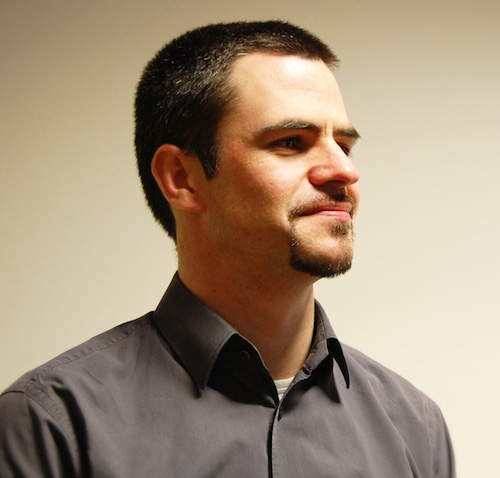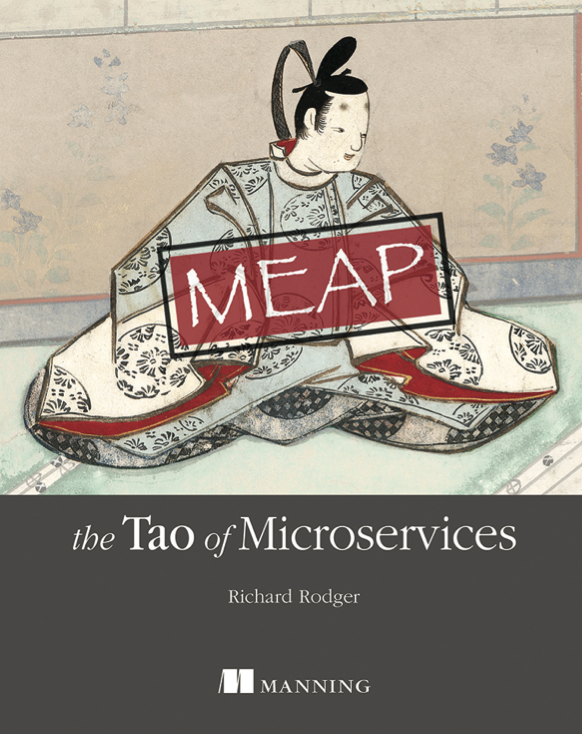Paris. It is the 8th of May, 1794. Antoine Lavoisier, a partner in the despised Ferme général, stands before the guillotine. As a senior partner of the Ferme général, a tax collection agency for Louis XVI, Lavoisier is one of many wealthy aristocrats beheaded during the French revolution. Later, Joseph-Louis Lagrange, the esteemed Italian mathematician (and without whom today no satellite would make it into orbit), would write: “It took them only an instant to cut off his head, but France may not produce another such head in a century.”
Why would Lagrange care for a wealthy tax-collector? This tax-collector, the chemist Antoine Lavoisier, put to death the most embarrassing of the pseudo-sciences: alchemy. He did this not by great experiments (although he did some of those), nor by great denouncements (he left that to Robert Boyle’s The Sceptical Chymist), nor by great popularity (not many rushed to save him from the guillotine). Alchemy was ultimately defeated by the creation of a common language for naming chemical elements. We still use much of this language today when we talk of sulfates or oxides. Published in 1787, Lavoisier’s Méthode de nomenclature chimique describes an organised systematic method for naming chemical compounds, both those already known, and importantly, those yet to be discovered.
Why does this matter? And why does this matter more than Lavoisier’s other work (funded by all that tax collecting)? The establishment of a common language and a common standard for chemistry allowed this new science to separate itself from the the medieval confidence trick that is alchemy. The core cultural aspects of the practice of alchemy are secrecy, obfuscation, indirection, and mysticism. To read a given alchemical text, and to then attempt to reproduce the activities (calling them experiments is too kind) described, was often impossible, even for experienced alchemists. The language of alchemy is one of multiple dialects, private jokes, and over-the-top jargon. The pinnacle of alchemical exposition is the wonderful illustrated manuscript Mutus Liber. Published in France in 1677, this book consists of nothing more than a series of mystical illustrations, presented without explanation. These illustrations describe, in considerable detail, the process whereby one can obtain Gold from Mercury. I have taken some time to divine the meaning of this great work. I alone can finally reveal the mystical secrets contained within its fifteen sublime pages. It now seems clear that it is a fairly straightforward introduction to the photoneutron process (briefly: Mercury 198 + 6.8MeV gamma ray → 1 neutron + Mercury 197 → Gold 197 + 1 positron). Sadly, schematics for a nuclear research reactor were not included.
How powerful ultimately, was Lavoisier’s new chemical language? Powerful enough to convince Richard Kirwan, proponent of the phlogiston theory of fire (this was a magical substance released via burning), to renounce his views and accept those of Lavoisier. Of course, the science and the experiments did the grunt work. But the conversion of Kirwan has more to do with open communication and open data than lab work. Written in English, Lavoisier would not have been able to read Kirwan’s 1787 Essay on Phlogiston and the Constitution of Acids, were it not for the remarkable scientific partnership that he formed with his wife, Marie-Anne Pierette Paulze, one of the great unsung heroes of modern chemistry. Not only did Marie-Anne, proficient in Latin and English, translate Kirwan’s book, she also translated much of Lavoisier’s copious correspondence. This was possible only because she herself was a subject matter expert, working closely with Lavoisier as a co-researcher. Her documentation of their work, particularly in the form of engravings, is an important part of our shared scientific heritage.
Open communication between scientific collaborators led to open communication between scientific rivals. In 1791 Kirwan pronounced himself a convert to Lavoisier’s Oxygen theory of combustion (carefully established by weighing the reaction components before and after burning to establish that fire does not create or destroy matter, only converts it to another form). How was this possible? Lavoisier and Kirwan communicated using a common chemical language. By freeing themselves from the obtuseness of alchemy, they were able to communicate directly and openly. Kirwan could always be certain, using the Méthode de nomenclature chimique (an english translation was available as early as 1788), that he and Lavoisier were talking about the same chemicals.
The development of an open standard lead to an exponential explosion of research progress in the nascent field of chemistry. This is simply another instance of Metcalfe’s law: the value of a network (of scientists) grows exponentially with the number of interlinked nodes (scientists who can communicate with other scientists). There was no sort of mathematical alchemy in the 1700’s – mathematics already had a common set of concepts. Joseph Priestley, discoverer of Oxygen, writing nine short years after Lavoisier’s book, shows us the power of exponential growth: “There have been few, if any, revolutions in science so great, so sudden, and so general, as the prevalence of what is now usually termed the new system of chemistry…”. Open standards enable open data, and both enable rapid scientific progress.




One Response to The Difference Between Alchemy and Chemistry